Write up experiments and research with LaTeX templates for project and lab reports—including layout guidelines to help guide you through the writing process.
Recent
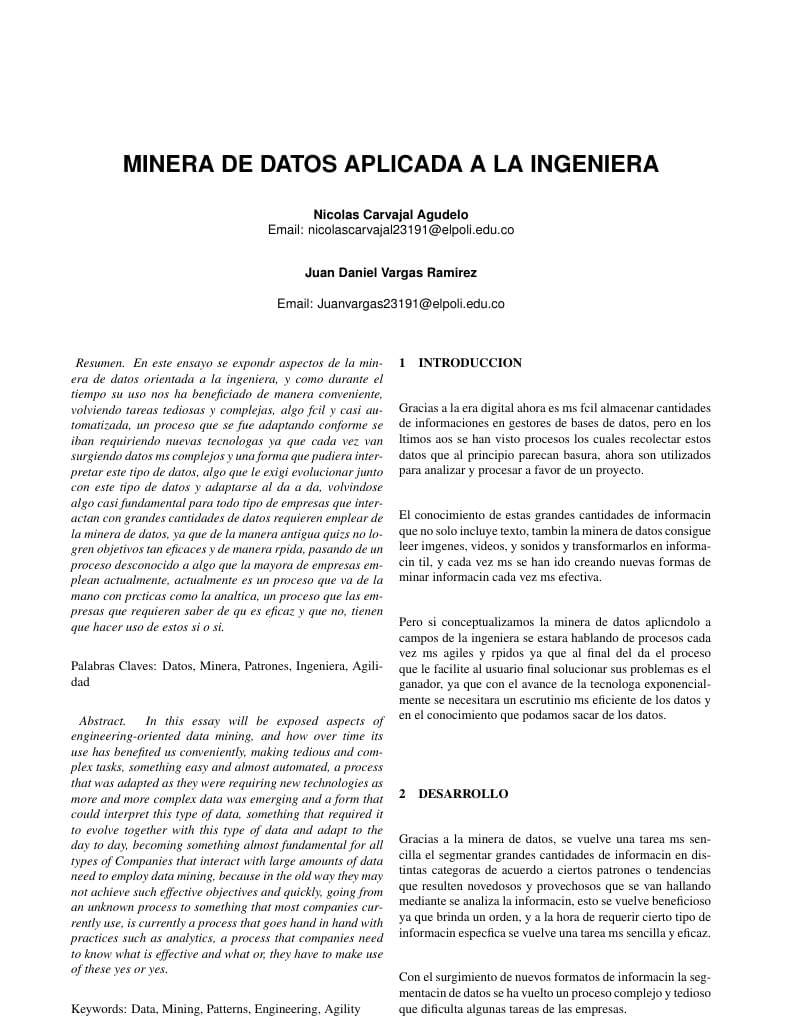
En este ensayo se expondr aspectos de la minera de datos orientada a la ingeniera, y como durante el tiempo su uso nos ha beneficiado de manera conveniente, volviendo tareas tediosas y complejas, algo fcil y casi automatizada, un proceso que se fue adaptando conforme se iban requiriendo nuevas tecnologas ya que cada vez van surgiendo datos ms complejos y una forma que pudiera interpretar este tipo de datos, algo que le exigi evolucionar junto con este tipo de datos y adaptarse al da a da, volvindose algo casi fundamental para todo tipo de empresas que interactan con grandes cantidades de datos requieren emplear de la minera de datos, ya que de la manera antigua quizs no logren objetivos tan eficaces y de manera rpida, pasando de un proceso desconocido a algo que la mayora de empresas emplean actualmente, actualmente es un proceso que va de la mano con prcticas como la analtica, un proceso que las empresas que requieren saber de qu es eficaz y que no, tienen que hacer uso de estos si o si.
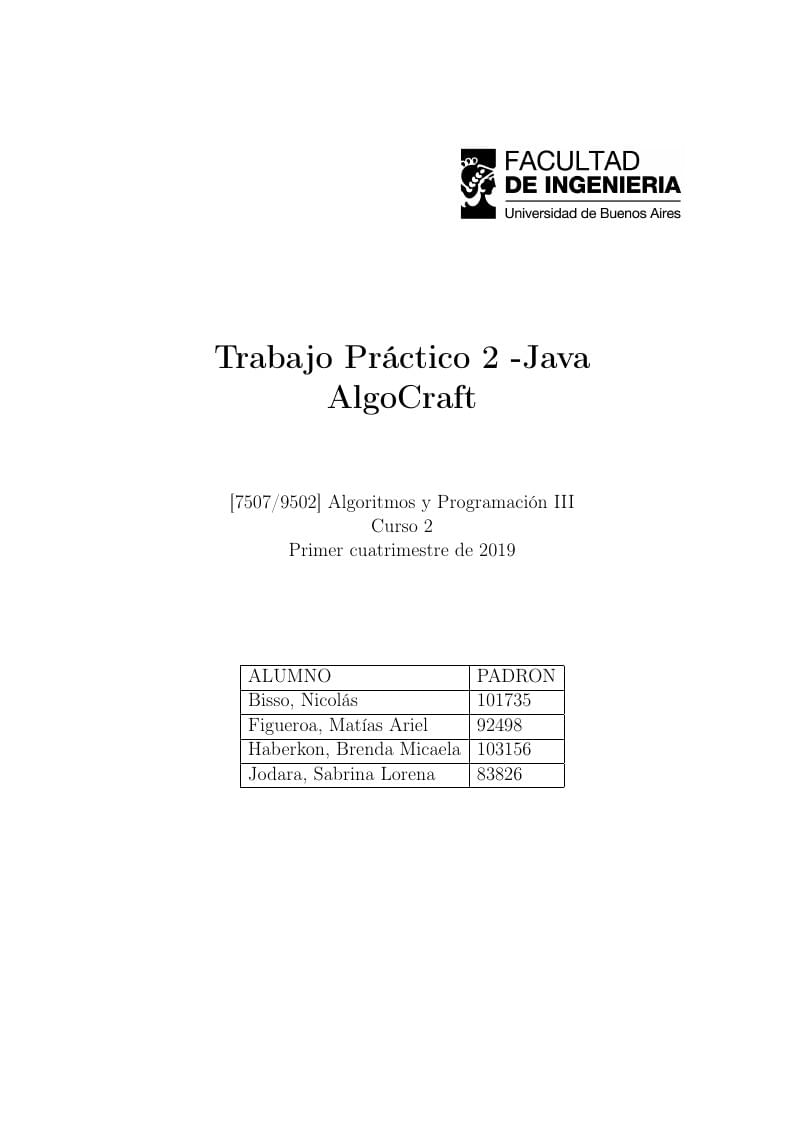
Entrega numero 1
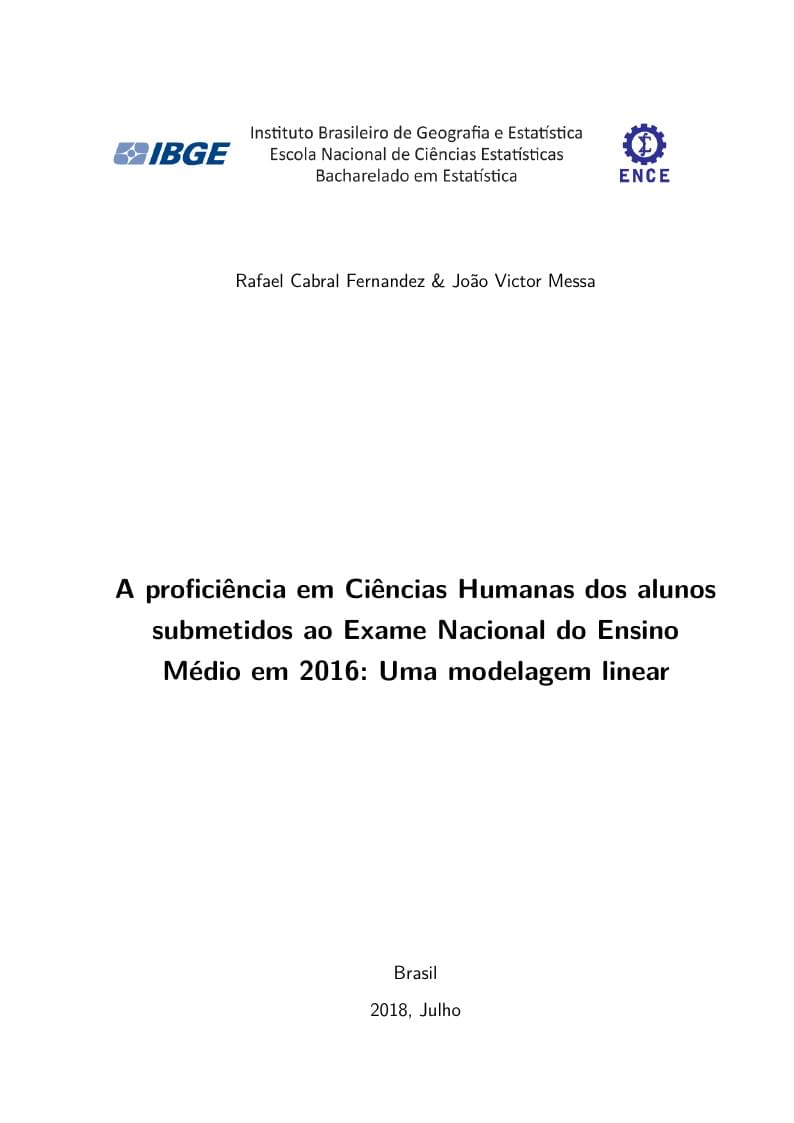
Trabalho semestral de modelos linares
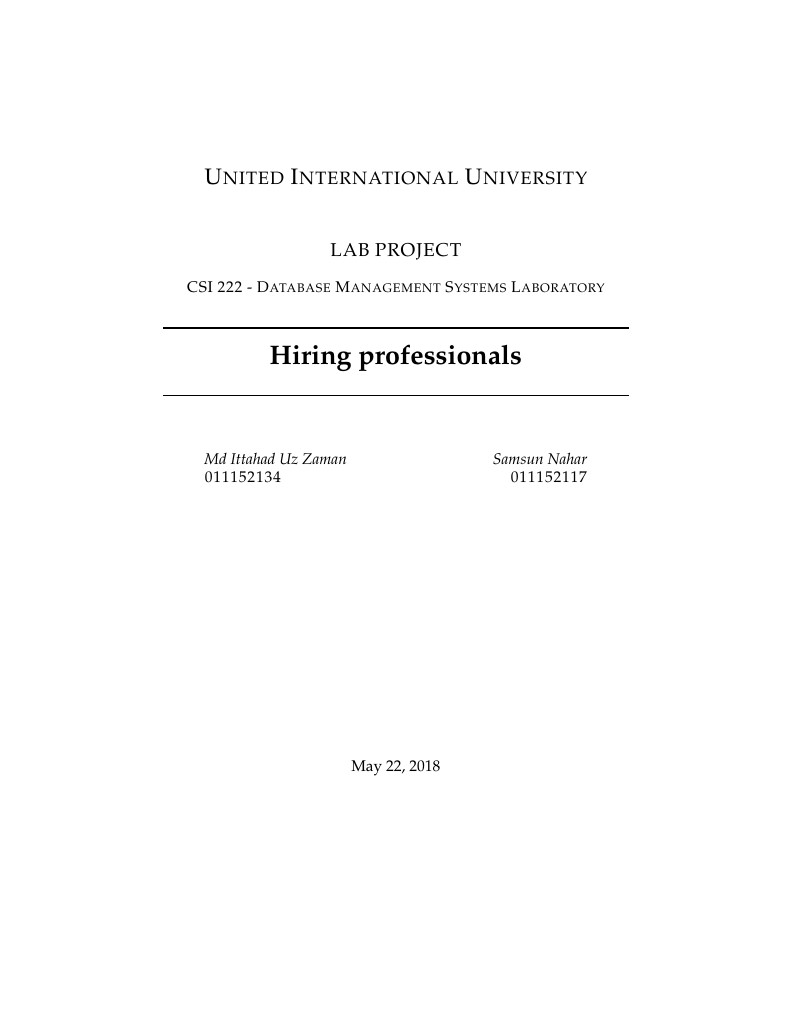
Hiring Professionals (KajLagbe) is a platform for publishing and finding jobs that are not so conventional to the existing job marketplace. We focus on providing manpower specially for the day to day requirements.

Scientific investigation
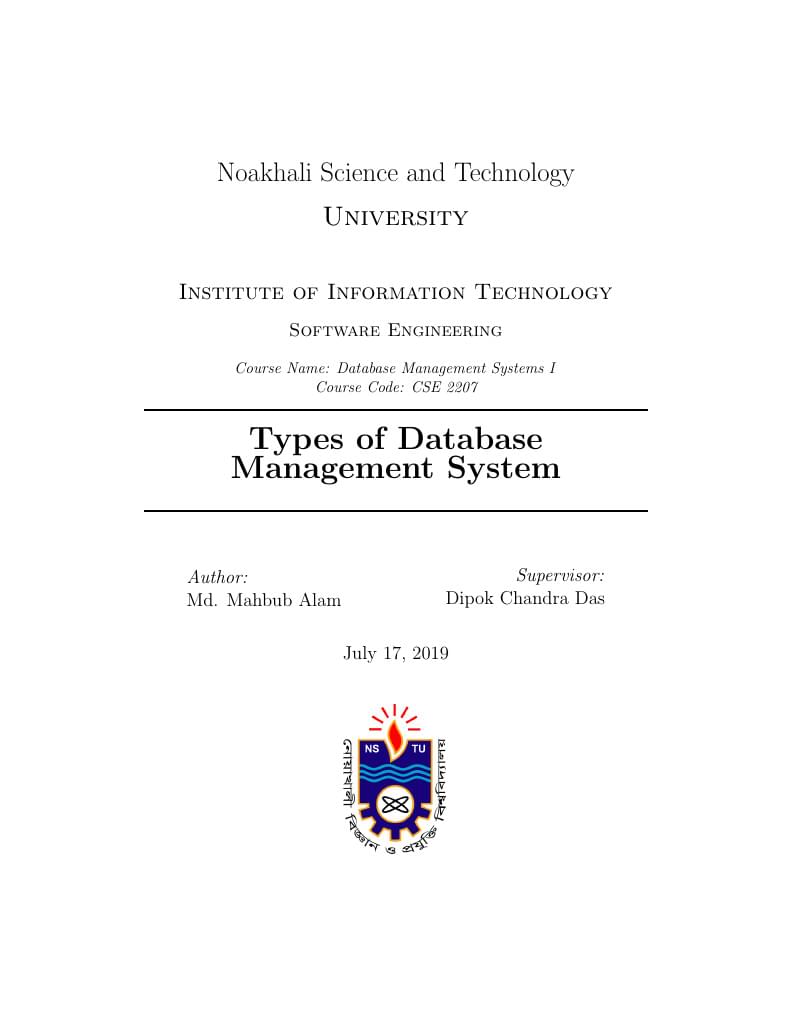
Importance of the database in our social science.
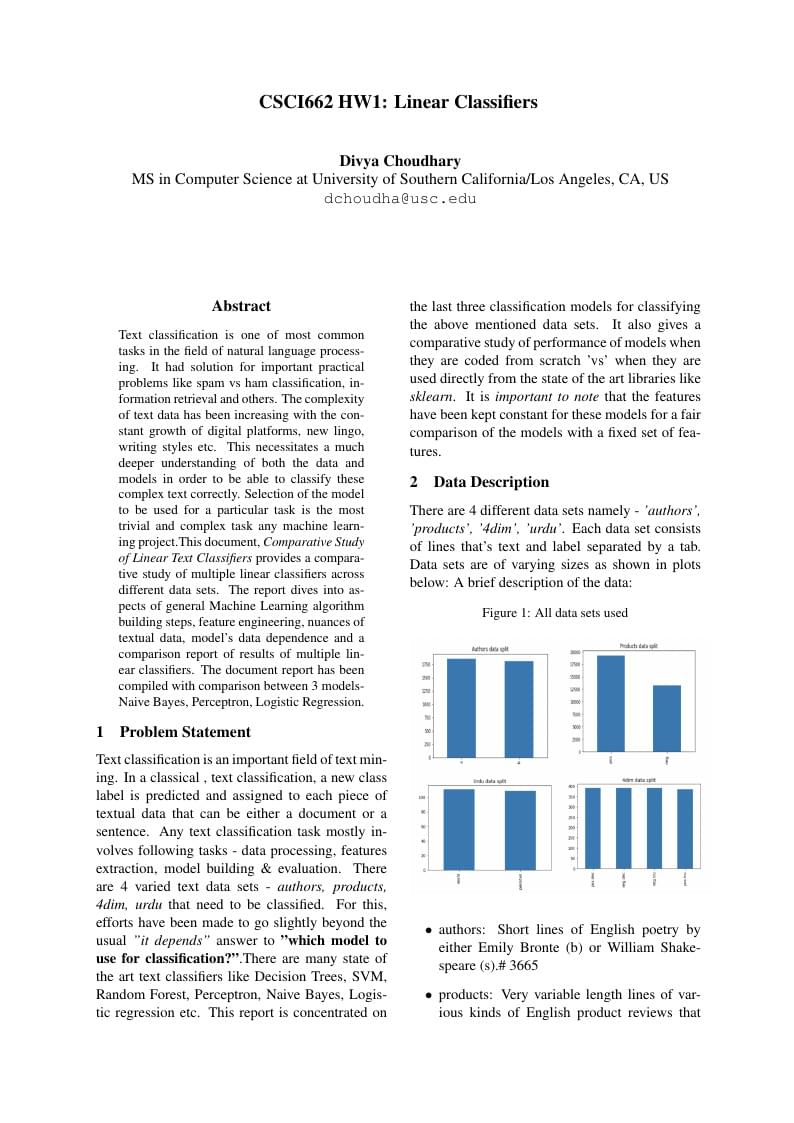
Comparative study of linear classifiers in the context of text classification
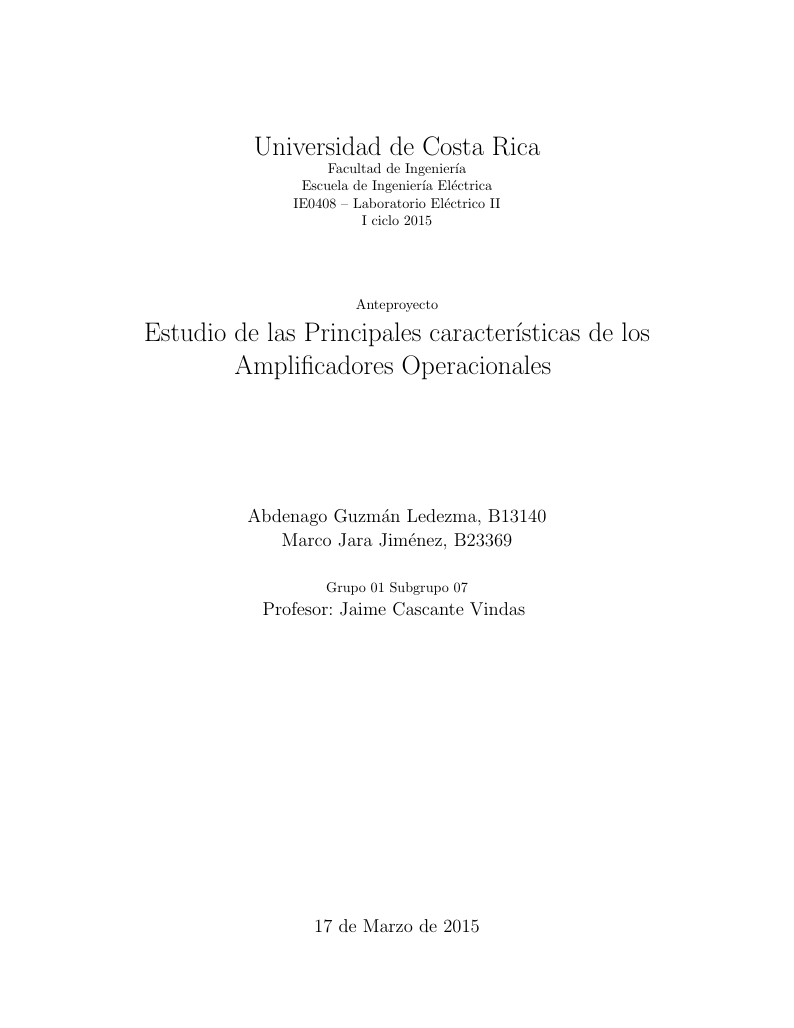
Reporte 1
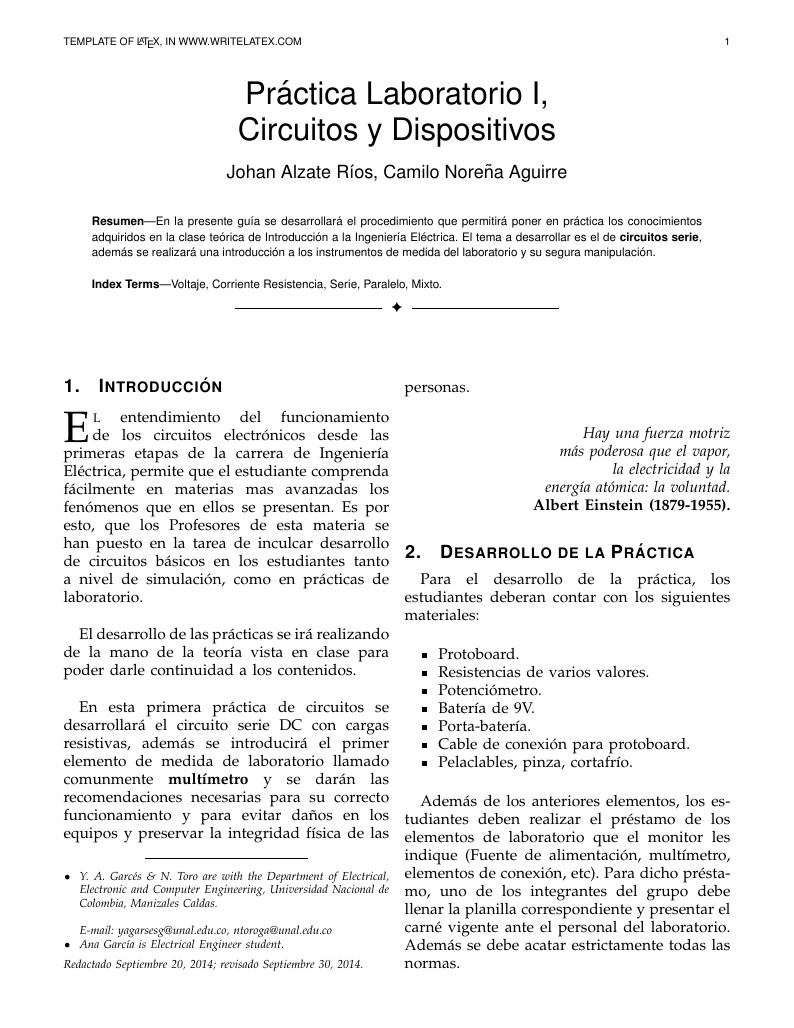
En la presente guía se desarrollará el procedimiento que permitirá poner en práctica los conocimientos adquiridos en la clase teórica de Introducción a la Ingeniería Eléctrica. El tema a desarrollar es el de circuitos serie, además se realizará una introducción a los instrumentos de medida del laboratorio y su segura manipulación.
\begin
Discover why over 20 million people worldwide trust Overleaf with their work.